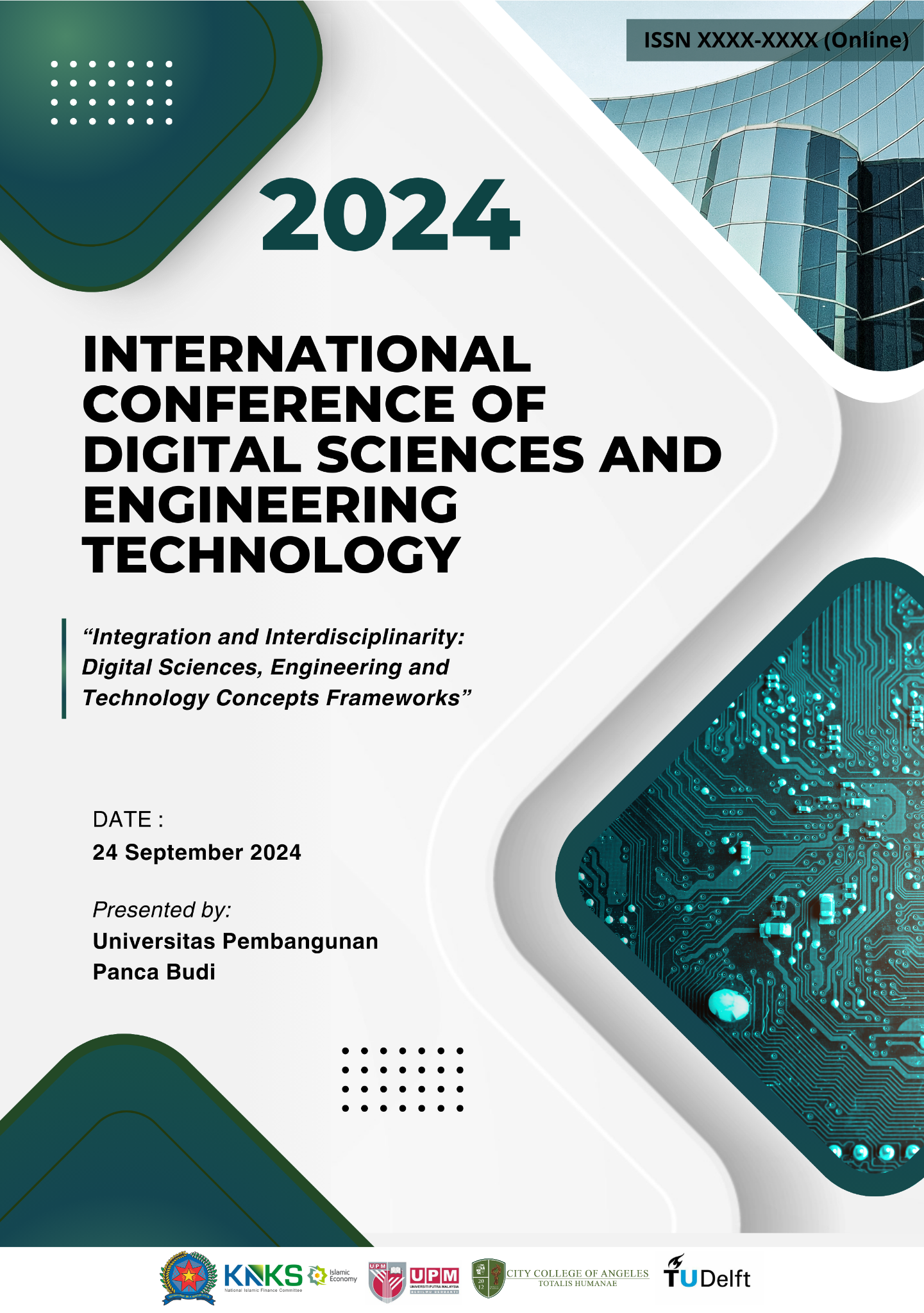Simulation Effectiveness on Electric Power Reliability Analysis Based on the Internet of Think (IoT)
Keywords:
Technological developments, IoT applications, and electricityAbstract
Along with the rapid development of technology in the current era of globalization. It is the main instrument in the progress of various social and life aspects. In this study, technology is used to help solve several problems in life. Network smart electricity or better known as Smart Grid is one form of transformation and technological reform in the electricity industry. Smart Grid is a modern electrical energy network that can intelligently integrate the electricity network with communication devices that support power plants and electricity distribution transmission networks to be more attractive, communicative and quality. Smart Grid is also able to prevent and isolate disturbances quickly and present electricity data information in real time. While the Internet of Thing (IoT) is a method that aims to maximize the benefits of internet connectivity to transfer and process data or information through an internet network wirelessly, virtually and autonomously. Almost every activity carried out by humans always uses technology. The use of automatic security instruments has become the choice today. In modern times like now there are many kinds of technology, and therefore I will develop technology with better security instruments.
References
Abdul Kodir, “Buku Pintar Pemograman Ardunio”. Mediakom, Yogyakarta, 2014.
Adam, Wahyu. 2014. “Sistem Absensi Pegawai Menggunakan Teknologi RFID” (jurnal).
Aryza, S., Lubis, Z., & Indrawan, M. I. (2021). ANALISA BARU DALAM MENDETEKSI LETAK GANGGUAN HUBUNG SINGKAT JARINGAN 1 FASA. Jurnal Abdi Ilmu, 13(2), 175-186.
Aryza, S., et al. (2024). A Robust Optimization to Dynamic Supplier Decisions and Sup-ply Allocation Problems in The Multi-Retail Industry. Eastern-European Journal of Enter-prise Technologies, (3).
Anisah, S., Fitri, R., Rahmaniar, R., & Tharo, Z. (2022). An Efficiency Analysis of Use of Recycled Lights. Budapest International Research and Critics Institute Journal (BIRCI-Journal), 5(2).
B. Fachri & Surbakti, R. W. (2021). Perancangan Sistem Dan Desain Undangan Digital Menggunakan Metode Waterfall Berbasis Website (Studi Kasus: Asco Jaya). Journal of Science and Social Research, 4(3), 263-267.
C. Rizal, & Fachri, B. (2023). RESOLUSI: Rekayasa Teknik Informatika dan Informasi Implementasi model prototyping dalam perancangan sistem informasi desa. Media Online, 3(3), 211-216.
Frederick K. Lutgens; Edward J. Tarbuck (1989). The Atmosphere: An Introduction to Meteorology. Prentice Hall. ISBN 978-0-13-050196-7. Hanwei Electronics, 2019. “MQ-5 Datasheet”. Diakses pada 8 November 2022.
Nurjanah, Dwi. 2012. “Perancangan Stand Alone RFID Reader Untuk Aplikasi Keamanan Pintu, Naskah Publikasi”. Yogyakarta: Sekolah Tinggi Manajemen Informatika dan Kom-puter AMIKOM.
Purnomo Sigit, 2017. “Perancangan Sistem Keamanan Rumah Berbasis SMS Gateway Menggunakan Mikrokontroller Arduino Uno ATMEGA 2560 Program Studi Teknik El-ektro
Rahmaniar R, et al (2022). Transient Stability Analysis with Critical Clearing Time Meth-od On Transmission Line 150 KV. In Proceeding International Conference Keputeraan Prof. H. Kadirun Yahya (Vol. 1, No. 1, pp. 138-150).
Supiyandi, S., Rizal, C., Zen, M., & Eka, M. (2022). Pelatihan Perangkat Desa Dalam Penerapan Metode Waterfall Pada Sistem Informasi Desa. JMM (Jurnal Masyarakat Man-diri), 6(3), 2346-2356.
Wibowo, P., et al (2024). A Development of Charging System for Electric Vehi-cles. Jurnal Scientia, 13(04), 1461-1468.
Downloads
Published
How to Cite
Issue
Section
License
Copyright (c) 2024 Solly Aryza; Zulkarnain Lubis, Khairil Putra

This work is licensed under a Creative Commons Attribution-ShareAlike 4.0 International License.















